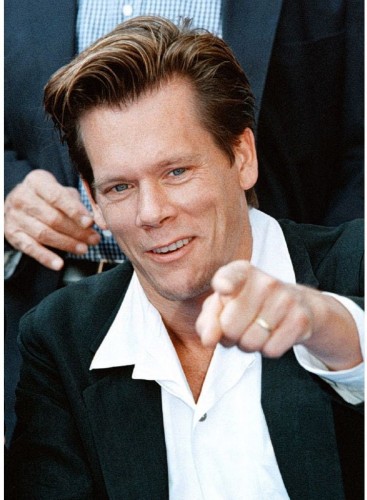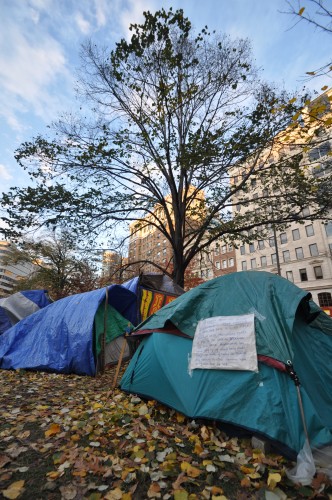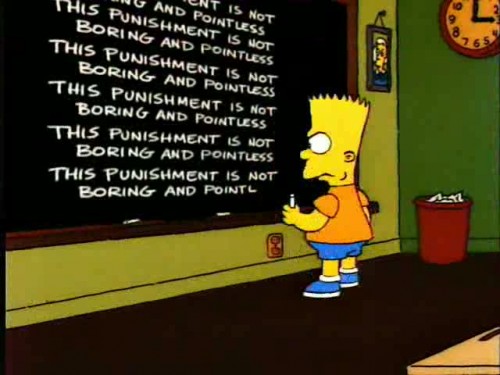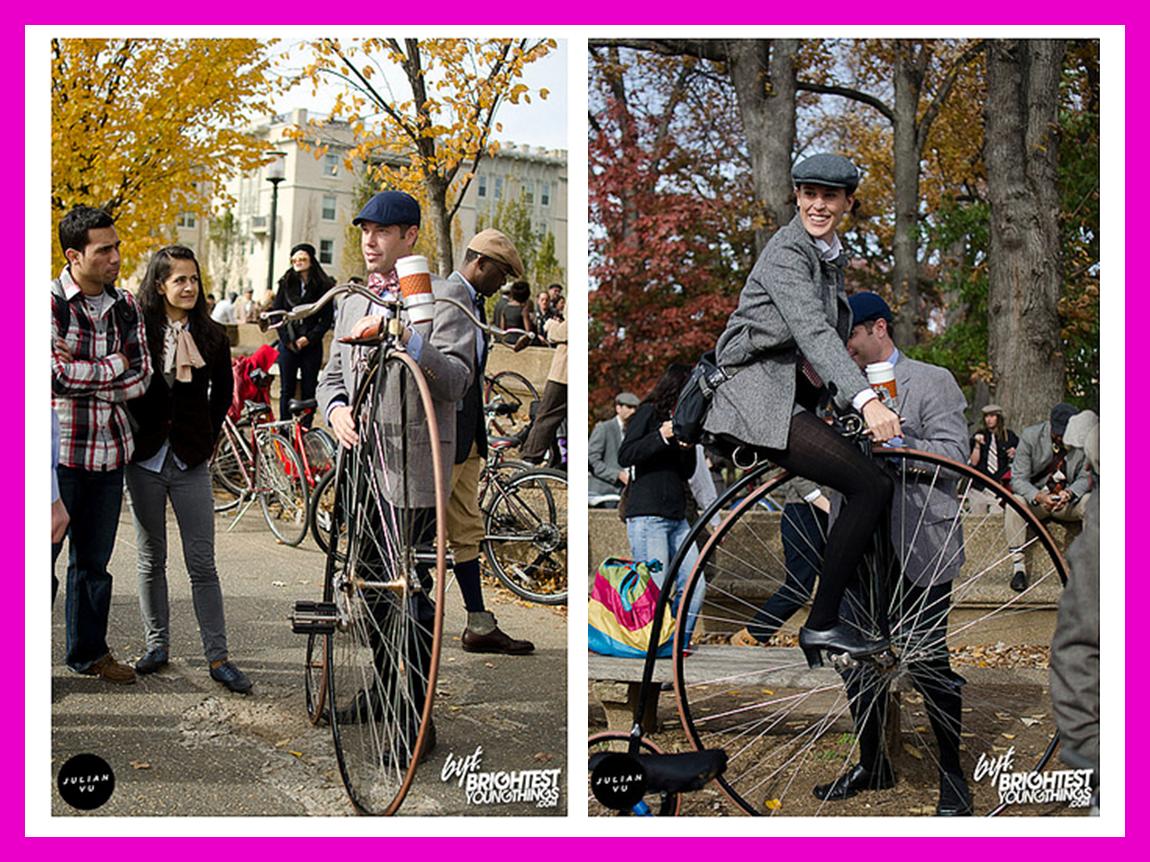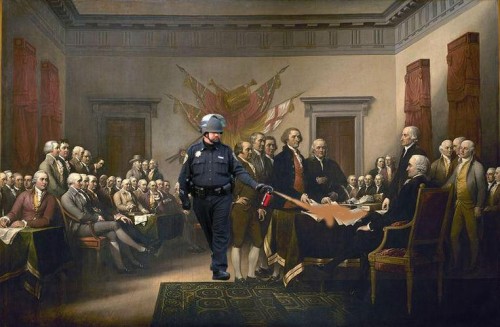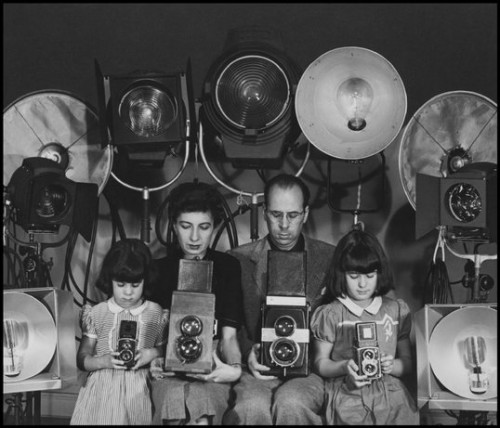Facebook Inc. and researchers from the University of Milan recently released a study showing that Facebook users are linked by only 4.7 degrees of separation. This is a significant decrease from the 6 degrees of separation found in Milgrim’s 1967 study, from which the common conception of our degree of networked connection (and the Kevin Bacon game) stems.
Here, I examine what these findings mean in terms of social relationships in the contemporary era.
These findings point to three main things: In the most basic sense, these findings show that Facebook is a highly pervasive and global platform through which interaction takes place. Relatedly, those who interact on Facebook connect to large and diverse networks. Finally, as we increasingly interact on a shared platform, with a wide and diverse group of others, these findings indicate that we are increasingly connected through weak ties. It is this last point that I will expand upon more...

